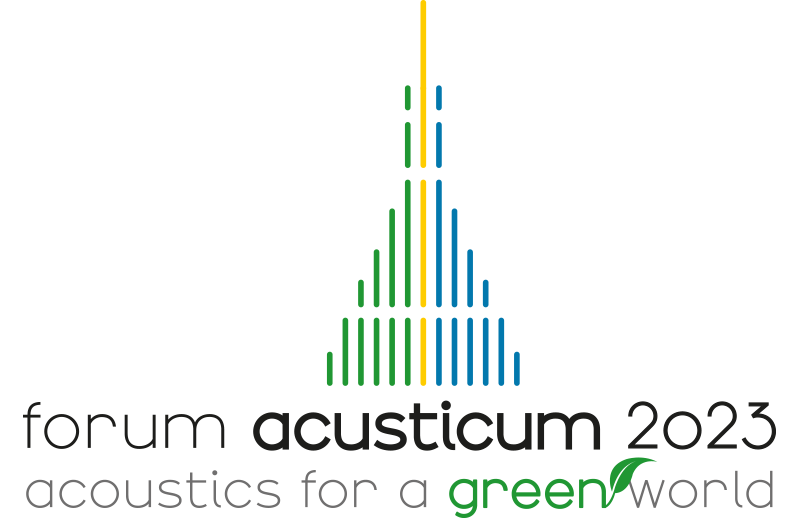

European Acoustics Association
Forum Acusticum 2023
Politecnico di Torino
Torino, Italy
September 11 - 15, 2023
 |
 |
Proceedings of the 10th Convention of the European Acoustics Association Forum Acusticum 2023 Politecnico di Torino Torino, Italy September 11 - 15, 2023 |
|
Abstract The operation of a wind turbine is characterized by the fluctuation in the emitted noise related to the rotational speed of the turbine - the periodical movement of the blade in variable atmospheric conditions (amplitude modulation, AM) as well as the movement towards and away from the observation point (Doppler effect - frequency modulation, FM). Amplitude modulation is one of the factors that contributes to the increased nuisance caused by wind turbines. The phenomenon of amplitude modulation has been subject of numerous scientific studies. However, the problem remains of determining the depth of AM’s impact on the increase in annoyance of wind turbine noise. The results of this research showing the characteristic features and depth of AM in different frequency bands. In addition, it has been shown that, in the recorded results, modulation (deviation) of the frequency of the modulated band occurs simultaneously with amplitude modulation. Cyclical changes in the density distribution of spectra in time and space have been demonstrated. Examples have been presented show that defined metrics to determine the variability of modulation frequency depending on the observer’s position relative to the signal source. One such parameter that can demonstrate objective frequency offset is the popular jitter indicator. |
||||||||||||||||||||